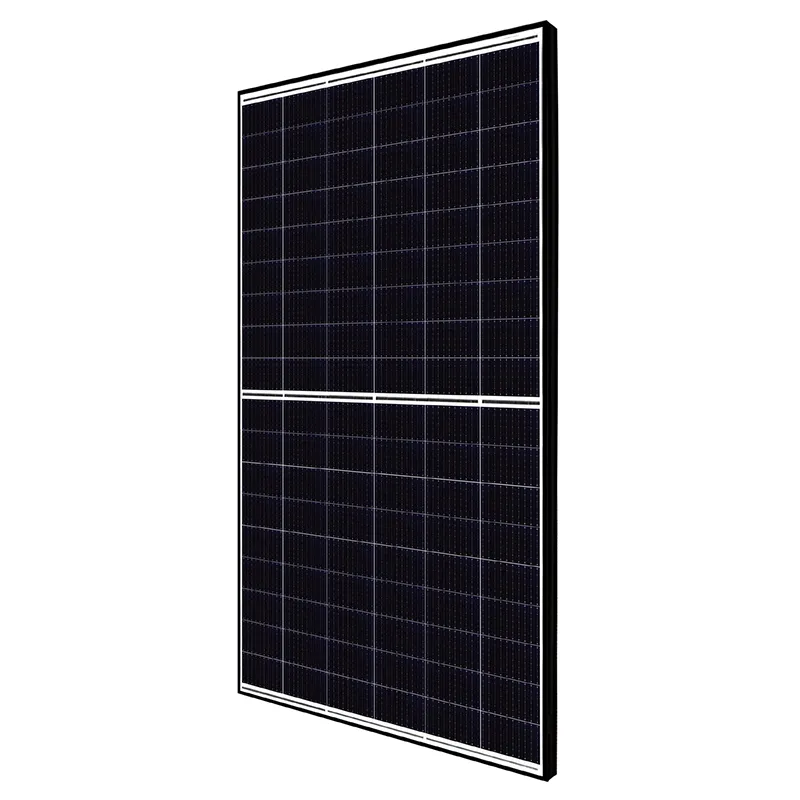Understanding the Concept of Half Cell Solar Panels and Their Benefits
Understanding Half-Cell Solar Panels A Revolutionary Shift in Solar Technology
The quest for renewable energy sources has led to significant advancements in solar technology, one of the most promising alternatives to fossil fuels. Among these innovations, half-cell solar panels have emerged as a remarkable solution that enhances efficiency and performance. This article will explore the meaning of half-cell solar panels, their advantages over traditional solar panels, and their impact on the solar energy landscape.
What Are Half-Cell Solar Panels?
Half-cell solar panels are designed with a unique configuration that differs from conventional solar panels. In traditional panels, the solar cells are arranged in a full-cell format, usually with 60 or 72 cells connected in series. In contrast, half-cell panels are composed of solar cells that have been cut in half, essentially half the size of standard cells. This design results in a panel containing double the number of cells arranged in a manner that optimizes energy collection and reduces resistance.
The main objective of this design innovation is to improve overall panel efficiency. By utilizing smaller cells, half-cell solar panels can minimize the impact of shading and enhance the flow of current. As such, when a portion of the panel is shaded, it does not significantly affect the performance of the entire panel, allowing for better overall energy production under varied environmental conditions.
Advantages of Half-Cell Solar Panels
1. Increased Efficiency One of the most significant benefits of half-cell technology is the increased efficiency it offers. The additional cells allow for more power generation from the same area, making half-cell panels a more effective solution compared to traditional panels.
2. Better Performance in Partial Shade As mentioned earlier, half-cell panels perform better under partial shading conditions. Due to their design, the performance loss from shaded sections is reduced. This is particularly advantageous for installations where trees or buildings may obstruct sunlight at different times of the day.
half cell solar panel meaning

3. Lower Temperature Coefficient Half-cell panels typically have a lower temperature coefficient compared to full-cell panels. This means they are less affected by high temperatures, maintaining their efficiency throughout summer months when solar energy generation is most essential.
4. Improved Durability The split design of half-cell panels can also contribute to enhanced durability. The smaller size of the cells results in less stress on the connections during installation and operation, which reduces the likelihood of microcracks and other damages that can occur in traditional larger cells.
5. Aesthetic Appeal The design of half-cell panels often results in a sleeker, more modern appearance. This aesthetic benefit is important for homeowners looking to maintain the visual appeal of their properties while investing in renewable energy.
The Future of Half-Cell Solar Panels
As the world continues to transition toward sustainable energy solutions, half-cell solar panels are poised to play a crucial role in this movement. Their ability to maximize energy production while mitigating performance losses due to shading and heat makes them an attractive choice for residential, commercial, and industrial applications.
Furthermore, ongoing advancements in solar technology promise to enhance the efficiency and affordability of half-cell panels. As manufacturing processes become more streamlined, the cost of these panels is expected to decrease, making them accessible to a broader audience.
Conclusion
Half-cell solar panels represent a significant milestone in solar energy technology, offering increased efficiency, improved performance in challenging conditions, and enhanced durability. As the demand for sustainable energy solutions continues to rise, innovations like half-cell panels will help shape a greener future. Homeowners, businesses, and governments alike should consider the benefits of this advanced technology in their pursuit of renewable energy, ensuring greater energy independence and a healthier planet for future generations.
-
Unlocking Energy Freedom with the Off Grid Solar InverterNewsJun.06,2025
-
Unlock More Solar Power with a High-Efficiency Bifacial Solar PanelNewsJun.06,2025
-
Power Your Future with High-Efficiency Monocrystalline Solar PanelsNewsJun.06,2025
-
Next-Gen Solar Power Starts with Micro Solar InvertersNewsJun.06,2025
-
Harnessing Peak Efficiency with the On Grid Solar InverterNewsJun.06,2025
-
Discover Unmatched Efficiency with the Latest String Solar InverterNewsJun.06,2025







